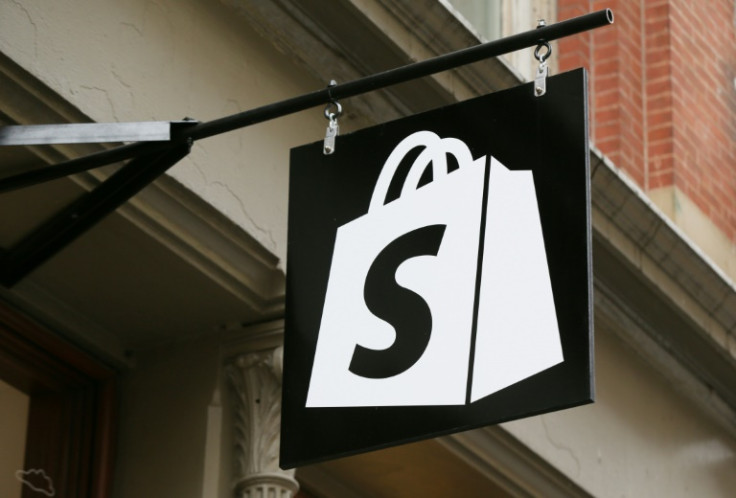Why is there a shift in online shopping trends and consumer behaviour?
A recent study highlights the evolution of online shopping, emphasising the significance of personalised experiences and new technologies.

Worldline, a provider of transactional and payment services, recently made the findings of a study that illustrates how online shopping is changing publicly.
The findings stress the significance of personalised experiences and rising technologies in the field of e-commerce in addition to highlighting shifting consumer behaviour. Despite adopting cost-cutting methods and reducing their online expenditure, the study finds that customers are still actively involved in online shopping and keen to embrace new technologies that improve their shopping experience.
Personalisation is becoming increasingly popular among online consumers, who are flocking to subscription services for their convenience, cost-effectiveness, and personalised product recommendations. Furthermore, as international internet sales have grown, buyers expecting a seamless cross-border buying experience have become increasingly important.
The study, which polled 6,000 people in six European nations, found that the rising cost of living was their most significant problem. The findings also suggest that, while 77 per cent of customers shop online more than once a month, 56 per cent of them buy less than usual. The findings come amid a difficult year for eCommerce, characterised by uncertainty, economic headwinds, and evolving business conditions.
Particularly, the report revealed that customers are more price-sensitive than they have ever been. Not only are they making fewer purchases, but they are also actively looking for measures to reduce their shopping costs. While the desire for prizes and incentives has grown, 43 per cent of respondents reported using discounts and coupons more frequently.
Cross-border trade is also being driven by the desire for lower-cost goods. According to the report, consumers are increasingly shopping cross-border, owing to lower pricing and their desire for better value.
Around half of the customers routinely purchase outside of their home markets, and younger consumers are more likely to do so. Furthermore, 71 per cent of millennials do so up to many times each year, followed by 60 per cent of Gen Z shoppers.
Consumer behaviours and payment preferences are also undergoing significant transformations. As cross-border trade continues to expand, consumers are seeking international payment options. While traditional bank cards remain the preferred method, with 58 per cent of respondents using them for online purchases, digital wallets are challenging their dominance.
The survey verified that habit and convenience drive payment usage. APMs that are more recent are likewise receiving more supporters. Buy Now Pay Later, for example, is the second most preferred option in the Netherlands, according to 43 per cent of shoppers.
Millennials (64%) and Generation Z (58%) who have grown up with mobile payment solutions, show a strong preference for mobile payments.
Value and personalisation emerge as pivotal factors in attracting new customers across all markets and generations. Consumers in the Netherlands, Portugal, and Spain expressed the highest preference for personalised offerings based on browsing habits or previous purchases. Additionally, consumers are more likely to make purchases when presented with personalised coupons and discounts, emphasising the significance of tailored experiences in fostering customer loyalty.
The report also highlights consumers' growing expectations regarding augmented reality (AR) and virtual shopping assistants. Between 30 per cent and 40 per cent of respondents anticipate that their favourite brands will soon offer these immersive technologies.
Social commerce is another emerging trend, with a substantial number of consumers expressing interest. Although 35 per cent of Dutch customers expect merchants to offer social commerce, only 24 per cent of UK consumers share the same expectation.
Surprisingly, the survey finds that shopping in the metaverse is not as popular as one might think, with less than 25 per cent of customers in most areas showing a willingness to make purchases in virtual surroundings.
Similarly to this, different people have different expectations for live and voice shopping. In almost all areas, a third of customers anticipate that their preferred brands will soon offer live shopping. Around voice shopping, a similar pattern starts to show up. Although 30 per cent of consumers in France and the Netherlands anticipate voice shopping, only 18 per cent of people in the UK do.
Björn Hoffmeyer, head of regional businesses at Worldline, said: "These findings confirm the changes in consumer preferences we have been seeing for the past couple of years and further emphasise the importance of personalising the online shopping experience."
He further said that because of their exposure to technology, consumers have more options and are more savvy than ever. Retailers, according to Hoffmeyer, must understand what their prospective customers want, and our poll tries to start that conversation with meaningful findings.
© Copyright IBTimes 2025. All rights reserved.





















